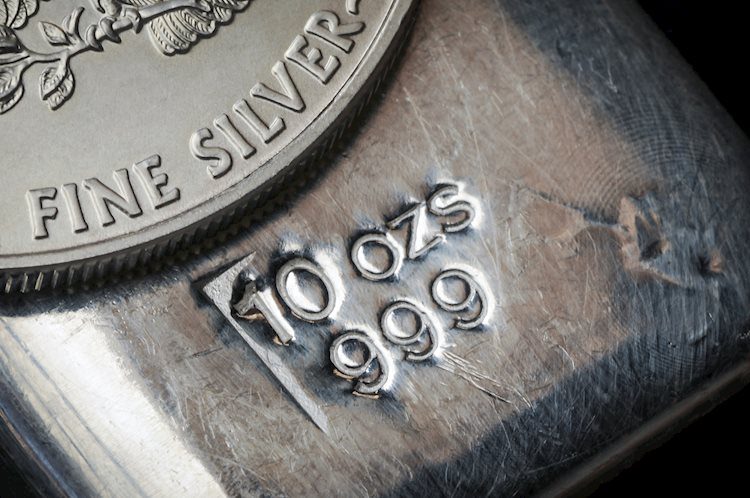Silver prices (XAG/USD) experienced a decline on Tuesday, with the precious metal trading at $27.71 per troy ounce, marking a 0.98% decrease from the previous day’s price of $27.98. Despite this drop, silver prices have seen a substantial 16.45% increase since the beginning of the year.
One important indicator in the precious metals market is the Gold/Silver ratio, which represents the number of ounces of silver needed to equal the value of one ounce of gold. On Tuesday, this ratio stood at 89.02, up from 88.38 on Monday, signaling a slight increase in the relative value of silver compared to gold.
Silver is a highly traded precious metal that has been historically utilized as a store of value and medium of exchange. While not as popular as gold, investors often turn to silver to diversify their investment portfolios, leverage its intrinsic value, or hedge against high-inflation periods. Investors can choose to buy physical silver in the form of coins or bars, or trade it through instruments such as Exchange Traded Funds (ETFs) that track its price on international markets.
The price of silver can be influenced by a variety of factors, including geopolitical instability, economic uncertainties, and fluctuations in the US Dollar. During periods of turmoil, silver’s safe-haven status can lead to price escalations, albeit to a lesser extent than gold. Additionally, silver tends to rise alongside lower interest rates, and its performance is closely linked to the behavior of the US Dollar, as it is priced in dollars (XAG/USD). Other determinants of silver prices include investment demand, mining supply, and recycling rates.
Silver is widely utilized in various industries, particularly in electronics and solar energy sectors, due to its exceptional electric conductivity. Changes in demand from these sectors can impact silver prices, with increased demand driving prices up and decreased demand lowering them. Furthermore, economic dynamics in major markets such as the US, China, and India play a significant role in influencing silver prices, with industrial usage in the US and China and consumer demand for jewelry in India affecting the market.
Silver prices typically track movements in gold prices, as both metals are considered safe-haven assets. The Gold/Silver ratio is a key tool for investors to assess the relative valuation between gold and silver, with a high ratio potentially indicating that silver is undervalued or gold is overvalued. Conversely, a low ratio might suggest that gold is undervalued in comparison to silver. Understanding these dynamics is crucial for investors looking to navigate the precious metals market effectively.











